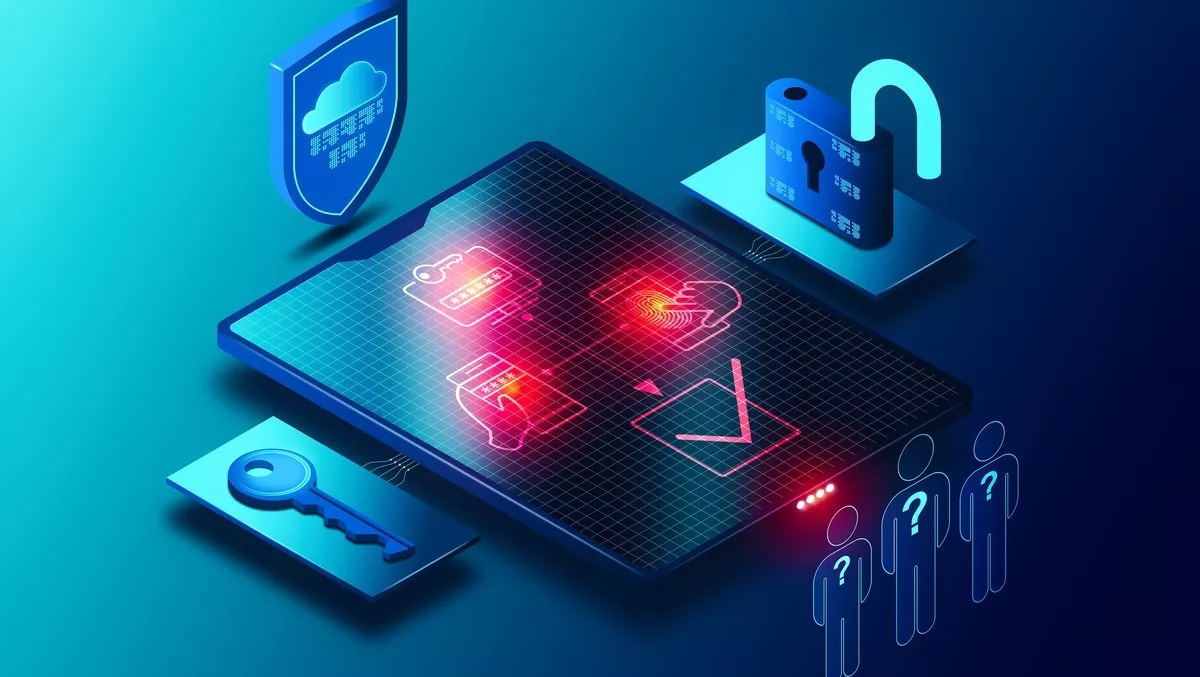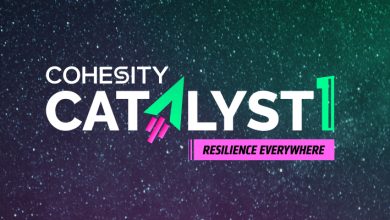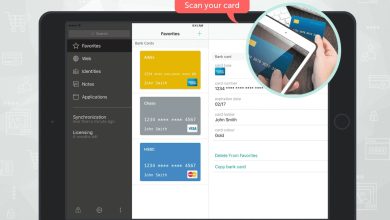Detecting Advanced Attacks By Leveraging Advanced Security Analytics at Scale

The rapid adoption of emerging technologies such as Artificial Intelligence (AI), the Internet of Things (IoT), and cloud computing has exposed organisations to new cyber threats while also increasing the complexity of existing risks.
According to a report by Splunk, data breaches are expected to cost more than USD $5 Trillion by 2024. That’s nearly double what was reported in 2019, which was a whopping USD $3 Trillion.
From the perspective of security teams, it’s not just the rising complexity and sophistication of the threats they have to contend with but also the sheer number of incessant attacks. They have to face dozens, hundreds or even thousands of security alerts every day. As companies continue to grow and they add more and more tools, alert fatigue becomes a real danger. Discerning alerts that truly need attention becomes a significant challenge, and as a result, some attacks may slip through the cracks.


This is particularly concerning for businesses, given the large volume of data generated in a variety of formats – ranging from structured, numeric data in traditional databases to unstructured text documents, emails, videos, audios, stock ticker data, and financial transactions. In addition to the sheer volume and variety of data, the velocity of ingested data is also making it a challenge for businesses to keep track, let alone secure their digital assets.
To keep pace with these rapid changes, defenders need a tool that is flexible and capable of ingesting vast amounts of data. While human defenders still have an important role to play, manual security processes are no longer capable of keeping up with increasing security needs. Thus, organisations will also have to look at tools that will enable less human intervention and help teams scale to better manage whatever threats that come their way. All of this can be achieved by leveraging the power of automation, machine-learning and AI.
Another important piece of the puzzle, one that is often overlooked, is data governance. Since organisations are collecting more and more data – dispersed across broadening on-prem, cloud and edge environments – from a security perspective, they have to be able to ensure that the right person has access to the right data in order to prevent unwanted breaches. Last but not least, with over 85% of organisations embracing a cloud-first principle by 2025, you also need security tools that offer native cloud support for greater flexibility, scalability and availability.
In light of these challenges, detection tools such as Security Information and Event Management (SIEM) are absolutely vital as they provide security teams with much-needed analysis of the abundance of security alerts within an organisation. SIEM achieves this by collecting information and transforming it into visible dashboards and charts for immediate interpretation – with all the key features of log management in data aggregation, normalisation and analysis.
Among the ways that SIEM can help an organisation include:
- Automating threat detection activities – Enable accelerated incident response by automating manual tasks. This will result in increased SOC productivity and lower security costs.
- Normalising and centralising the collection of log data – Improve analysis and security correlation with the ability to manage and monitor high amounts of log data generated by databases, applications, users, and servers.
- Detecting unusual activity and behaviour – With a SIEM, analysts can actively monitor and create alerts for irregular events that might indicate a threat or a compromise based on ‘normal’ activity.
- Enforcing effective data governance – SIEM enables you to document when and by whom data was accessed or copied. This also helps fulfil compliance requirements and prevent security and privacy violations.
- Enabling threat hunting – SIEM provides access to security data from all places across an organisation. With this data, the organisation is able to actively search for cyber risks to uncover new and undetected attacks or breaches.
Staying Ahead of Advanced Cyber Threats With Bluesify Solutions
Due to these benefits, security teams are increasingly relying on SIEM technology for event correlation, threat intelligence, security data aggregation, and more in this world of escalating cyber threats. Used in tandem with other modern security tools and backed by a capable team of security experts and analysts, an organisation will be able to equip itself with advanced threat detection and prevention capabilities.


The good news is that businesses no longer need to spend huge upfront investments to enjoy these capabilities. By partnering with a managed security service provider like Bluesify, companies can gain access to truly powerful cloud-based security solutions which are powered by the big data platform Splunk. Splunk allows you to go beyond traditional SIEM to incorporate machine-learning, AI, as well as security automation, orchestration and response:
- Splunk is able to index any type of time-series data, transforming raw data into events and placing the result into an index. All search commands are sent by the Search Head and will be performed by the Indexer on data stored locally.
- In comparison with a typical application infrastructure, the Indexer is equivalent to a Database Server in functionality, in that it stores data for use by the application.
- Splunk also comes with Heavy Forwarder – a server that forwards anything it receives from data sources to the Indexer. It will act as the entry point for any data that comes into Splunk architecture.
Bluesify is currently the largest Splunk partner in Malaysia and has one of the largest MDR (Managed Detection and Response) centres in Malaysia. In addition, Bluesify has a dedicated Centre of Excellence specialising in Splunk’s complex requirements.
Bluesify’s Detection and Response capabilities cover both reactive and proactive approaches by leveraging a comprehensive defence model which covers the implementation of Threat Intelligence, Threat Hunting and Threat Response. With Bluesify’s technical experience coupled with the best big data platform Splunk, customers now have full visibility of the cyber threats in their environment.
What’s more interesting is that Bluesify includes cyber threat hunting and intelligence services if customers engage its SOC/SIEM service – with enhanced capabilities for further detection in the dark web and deep web.
To find out how your organisation can enjoy modern, scalable and reliable security to keep advanced attacks at bay with Bluesify, click here.





